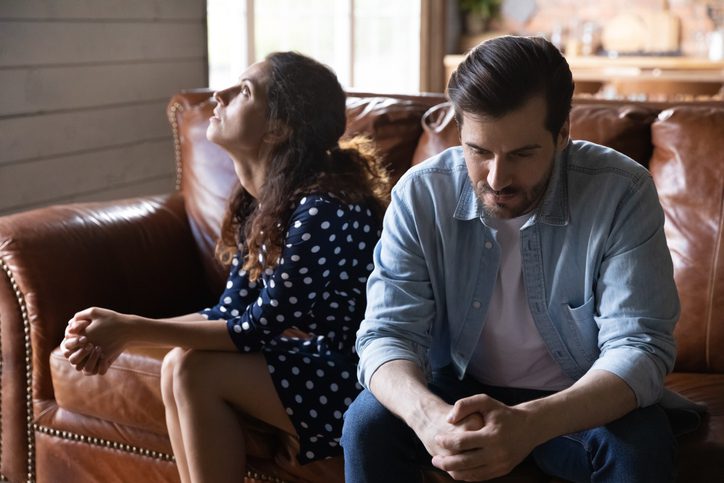
Multiple Family Group Therapy
The focus of most family therapy is to work on the family as a system of interdependent parts. Each family member has a role and when there is an addict present in the family, most of the focus is directed toward the addict. The goal of family therapy when there is an addict in the home, is to learn new coping skills and to learn how the roles of each family influence the addict’s behavior. It is important to participate as a family in group, as one, it helps the addict feel supported, and two, it helps the family members understand the addict.
Multiple Family Group Therapy or MFGT is when a group of families, each influenced by addiction in the family, work to empower and learn from each other. MFGT allows families to not feel alone and to provide hope to others. Many families experience similar issues with how to deal with an addict in the home therefore having support from other families can provide a sense of competence and acceptance. Families can offer each other ideas, suggestions, and feedback on what works and what does not.
If a family were to attend individual family therapy, this is a good opportunity for the family to work specifically within their family dynamic. MFGT allows for more avenues of learning and growth, as multiple families are present to share knowledge and to gain perspective from others. Multiple families can also learn how to behave in a group setting, which might prepare them for group work in Al-Anon or another 12-step support group.
All members of a family are welcome to attend including the addict in recovery. Some groups do differ in who can attend MFGT sessions but some allow friends or non-relatives to participate especially if the person has a relationship with the addict.
There are some specific techniques that a therapist might use in MFGT sessions. These include fish bowling, inter-family role play, reflecting team, and inner circle/outer circle. The fish bowl means that others watch, while others role play, etc. Role playing is what it sounds like and occurs between families. Members of different families interact together as if they were in the same family. The therapist will reflect on the observations made during group and will make comments on the session. Inner circle/outer circle is another between-family intervention where members from different families who have the same family role will interact together while being observed. The individuals who are the observers will provide feedback to the group.







